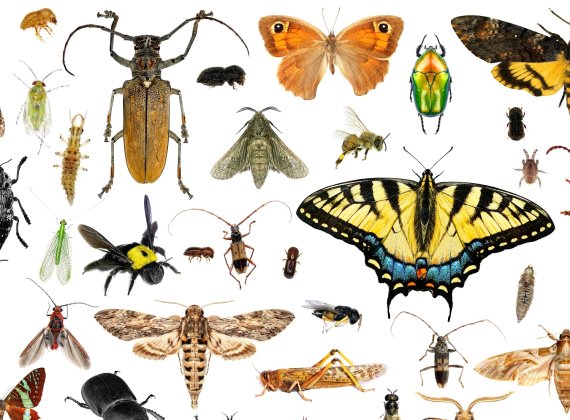A Dutch/German study (Hallman et al) in 2018 showed that 75 per cent of all insects have disappeared over a period of 27 years. The study caused a stir worldwide. A recent study arrived at a death rate among land insects that is three to six times lower than that. And water insects are actually doing better than they used to. The first author of this article is Roel van Klink, an alumnus and an ex-student of Kleijn’s.
Are you astonished by the results?
‘No, not really. The Hallman study was done just across the border here, in one of the most intensively managed and farmed areas in the world. That kind of intensive land use is not good for biodiversity. The new study is about the worldwide trend in insect populations.’
Across the board, the trend is negative. But there are big differences, even within Europe. Germany comes out badly. Is the distribution surprising?
‘No. This new study lumps all insect studies together. That confuses matters. The final result depends a lot on the species of insect that the individual studies focused on. My guess is that location is not the only factor, but also the species group that is studied. Some groups are in decline, other are on the increase.’
So is there any point in this kind of study?
‘There certainly is. Taking everything together, you can see that things are going downhill globally. That is quite shocking.’
The trend seems to be less negative around agricultural areas. Is there an explanation for that?
‘One of the possible explanations is that the biodiversity on and around farmland is always low. So the decline cannot be very big. But it could also be something to do with the method of measuring and the traps used.’
Former WUR president and current farmers’ ambassador Aalt Dijkhuizen tweeted triumphantly: see, it isn’t just agriculture. Does he have a point?
‘No. The Hallman study is much more indicative of the Dutch situation than this new global study. And then: a loss of one per cent per year! That means losing a quarter of all insects in 20 to 30 years. One out of four creepy-crawlies gone. From very many studies, it is clear that intensive agriculture is a factor in that.’

 Photo: Shutterstock
Photo: Shutterstock